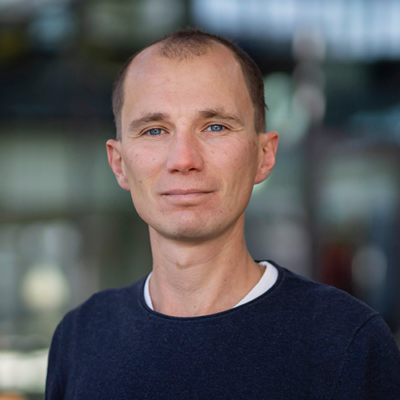Prof. Pavlo Bazilinskyy
At the 10th International Summer School on AI and Big Data, Dr. Pavlo Bazilinskyy will talk about AI-based traffic safety research with public datasets.
Talk: AI-based traffic safety research with public datasets
Collecting data for automotive Human Factors research can be challenging. The ‘normal’ approach for a researcher to gather data for their next great experiment is to obtain a grant to buy some sensors, maybe even a car, and drive around for weeks while collecting data. And come home exhausted to watch YouTube videos. But! YouTube is an almost limitless and constantly updated source of traffic data, which can be used to answer all kinds of questions on the (cross-cultural) aspects of traffic behaviour.
During this talk, a YOLOv8-based analysis of pedestrian behaviour from YouTube dashcam footage from 179 cities around the world will be presented. Then, a YOLOv4-based model trained on the KITTI dataset for predicting risk in a traffic scene will be shown. Results from an international study with 1378 participants will be outlined to show the power of crowdsourced research. A replication of the study with GPT-4V as a ‘participant’ will pose the question of whether there would even be a need for human-based Human Factors research soon. Finally, the first results of the application of generative adversarial networks (GANs) to generate realistic traffic scenarios will be presented.
Bio
Pavlo Bazilinskyy is an assistant professor at TU Eindhoven focusing on AI-driven interaction between automated vehicles and other road users. He finished his PhD at TU Delft in auditory feedback for automated driving as a Marie Curie Fellow, where he also worked as a postdoc. He was the head of data research at NEXTdriver. Pavlo is a treasurer of the Marie Curie Alumni Association (MCAA) and was a director of the Research and Innovation unit of the Erasmus Mundus Association (EMA).



